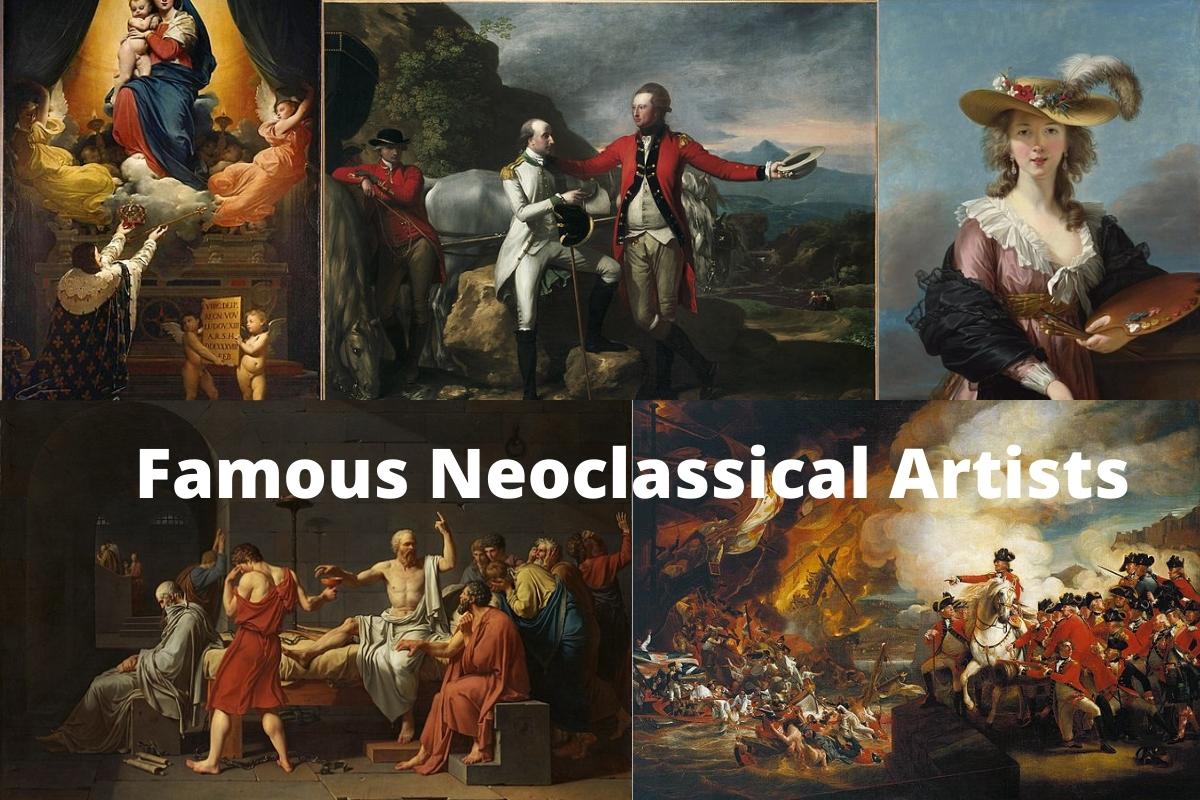The Neoclassical period that began in the latter portion of the 18th century revolved around an emphasis on the principles and subject matter that artists in the Classical period sought to portray.
Many painters and sculptors created works that featured prominent figures from Greek and Roman mythology and many of the greatest works from the era had a high level of realistic detail.
This Neoclassical movement developed in Europe as a reaction to the Rococo style, which depicted works that were done with a greater amount of embellishment and a flamboyant nature.
The most famous Neoclassical artists were often painters and sculptors who produced works that were intended to be more rigorously detailed and captured the essence of the Classical period in a new light.
Here are 10 of the most famous Neoclassical artists.
Famous Neoclassical Artists
1. Jean Auguste Dominique Ingres
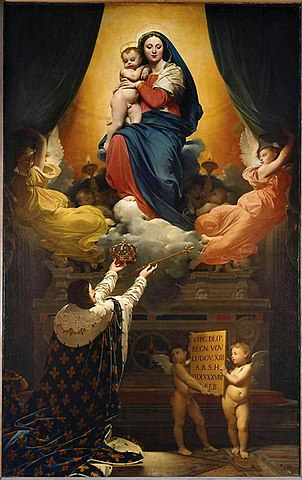
The Neoclassical era was born in France and artists like Jean Auguste Dominique Ingres played a major role in the movement’s spread and popularity during their career. Ingres believed that depicting historical events was the most important goal of the Neoclassical movement.
This is mostly because the Romantic style, which was also very popular at the time, was viewed as being more fictional and not an accurate representation of things as Ingres believed they should be portrayed.
He is widely considered to be the most important figure from the Neoclassical era and many art scholars and historians point to Ingres’ portraits as his most memorable works.
He traveled to Italy during the early years of his career and spent time in Florence and Rome where his works were criticized as being too rigid and archaic by the more well-known critics and galleries of the day.
Ingres became famous in the 1820s when his style of painting was compared with that of Raphael. He created a number of elaborate and highly-detailed portraits that are remembered as some of the most iconic paintings from this time period.
2. Jacques-Louis David
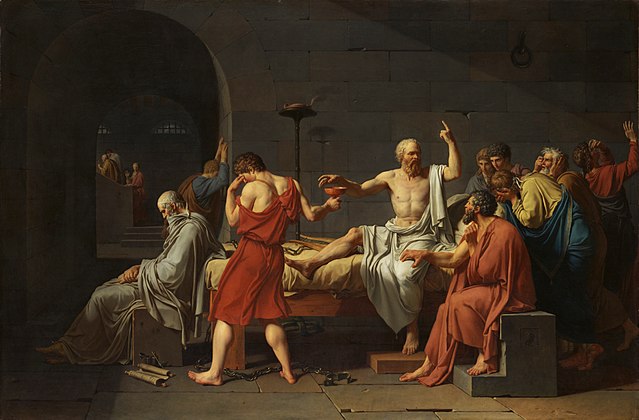
Many painters during the Neoclassical movement sought to portray a style that was markedly different from the theatrical Rococo period that was taking place during the same time period.
Jacques-Louis David was one of the most prominent artists who had a distinct style that was vastly different from those found in Rococo painters.
David was a gifted artist and a charismatic individual who inspired others to follow him as a leader within the Jacobin Club and a few other groups that were formed during the French Revolution.
Some of his paintings depicted various individuals or events that occurred during the Revolution and many of them are now deemed to be some of the most famous artistic representations of certain events.
After the French Revolution, David continued to create artworks that are considered to represent the core values and styles of artists and paintings from the Neoclassical movement.
3. Antonio Canova
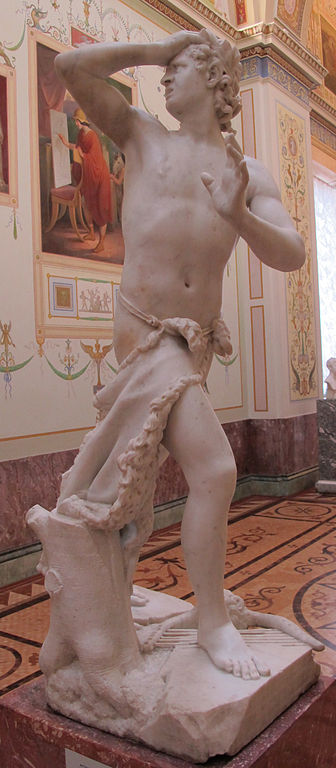
The Neoclassical era was a time when sculptors produced works that closely resembled those from the Classical time period, which took place many centuries earlier.
Few artists were capable of reproducing the type of vibrant and elegant sculptures as Antonio Canova. Born in Venice, Italy, Canova studied the famous works created by some of the most legendary sculptors from the Classical movement.
Other artists were criticized for producing sculptures that seemed to be artificial and lacked the authenticity that the Classical artists often worked with.
Canova is considered to be the most famous sculptor from the Neoclassical movement and some of his most famous works are among the period’s most iconic sculptures.
During his lifetime, however, Canova was largely unpopular and it would be more than a century after his death before critics and scholars began to truly appreciate the artist’s sculptures.
4. William-Adolphe Bouguereau
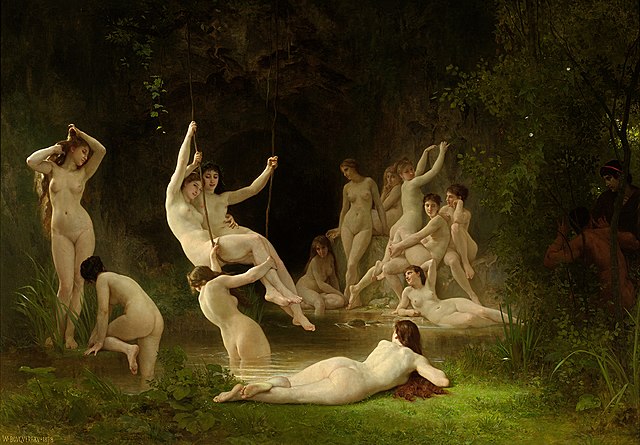
The Neoclassical period was filled with artists who utilized many of the Classical techniques and styles in their paintings, but William-Adolphe Bouguereau was one who created works that captivated viewers with modern subject matter that was displayed in a very Classical tone.
Bouguereau is a French artist who was known for his ability to artfully portray the nude female form, which was still somewhat controversial during the early 19th century.
As the Protestant religious movement grew in Europe and America during the early 1800s, Bouguereau and his painting style also became increasingly less accepted by some of the most popular galleries in France and the surrounding countries.
Like many other notable artists from the Neoclassical time period, Bouguereau would mostly be forgotten for many years before emerging once more when art critics and students began to study the works done during this time and the artists that created them.
5. Angelica Kauffman
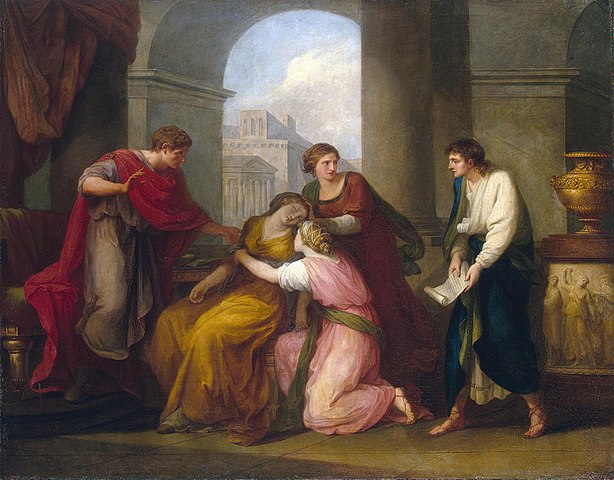
Female artists were mostly discouraged in many countries throughout 18th century Europe, but those that did rise to fame were considered to be truly remarkable in their own right.
Angelica Kauffman is one of the most celebrated female artists from this time period, but her works are also regarded as some of the most brilliant depictions of Neoclassical paintings and ideals from the movement.
Her works focused largely on historical events and figures and Kauffman is usually described as a Neoclassical artist that captured certain themes that were highly important to people during this time period.
These historical works were mostly portraits, but the artist also created a number of paintings that portray prominent figures from Roman and Greek mythology.
Kauffman was very well-respected among her peers and many viewed her as a pivotal member of the founding of the Neoclassical era.
6. Benjamin West
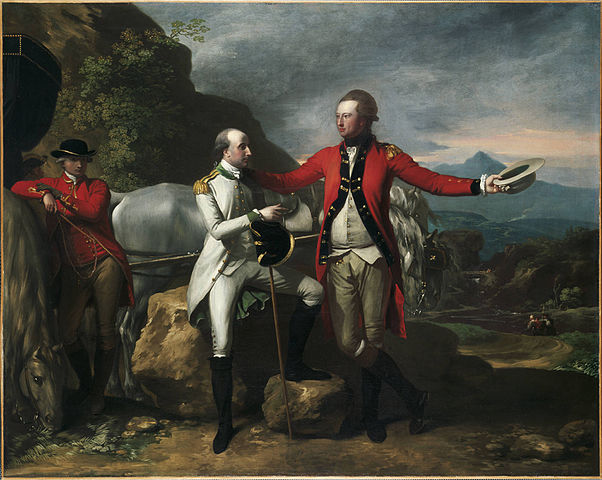
Benjamin West is one of the more intriguing members of the Neoclassical movement and his style of painting largely reflected his lifestyle and how he became an artist in his early life.
West was born in the state of Pennsylvania in 1738, which was a time when the American landscape was still wild and often dominated with bloody feuds between settlers and Native American tribes.
As a young boy, West was taught to paint by a few members of a Native American tribe that showed him how to create different hues using a mixture of clay and bear grease.
West was a self-taught artist and many of his works have a sense of authenticity that many critics believed was lacking from the Neoclassical movement.
West’s most famous paintings depict various figures from early American history and some of them are regarded as iconic works that are rich in historical value. He created works that focused on items of historical significance, as well as scenes from Roman and Greek mythology.
7. Henry Fuseli
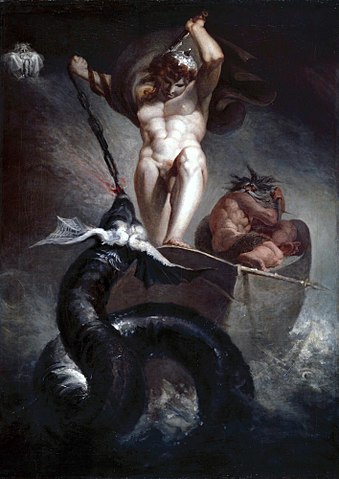
Born in Switzerland, Henry Fuseli would become a prominent figure in 18th-century Europe who is remembered for his incredible artistic prowess with the paintbrush, as well as the pen.
Fuseli became a very respected writer during his lifetime and his literary works focused on essays and reviews of other works, as well as his thoughts on certain political events that were taking place during his lifetime.
Fuseli is credited with one of the most iconic paintings from the late 18th century with his work titled The Nightmare. Many of his other paintings involved religious or supernatural themes and he also produced works that centered on Classical legends and stories from Greek and Roman antiquity.
He was fluent in four languages and was said to be capable of writing with an incredibly eloquent manner in French, German, English and Italian.
This ability to read and converse in these languages undoubtedly contributed to his success as an artist and writer and it’s clear that he is one of the most highly-regarded figures from the Neoclassical era.
8. Elisabeth Louise Vigée Le Brun
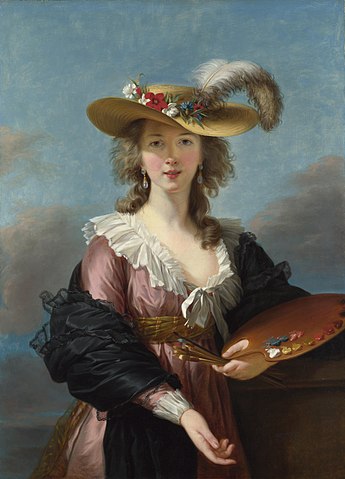
Elisabeth Louise Vigée Le Brun is an artist who is arguably the most gifted portrait painter from the late 18th and early 19th century.
Many critics describe her style of painting as having certain elements of Rococo color scheme and subject matter, but also containing various stylistic characteristics that were popularized in the Neoclassical time period.
She became famous for her ability to create strikingly-realistic portraits and many of the most prominent figures from the early 1900s sought to have her paint their portrait. She served a special role for Marie Antoinette before the French Revolution occurred as her portrait artist.
In addition to being an excellent artist in the realm of portraits, Le Brun was also viewed as one of the more prolific landscape painters during her lifetime as well.
Some of her most memorable paintings involve elegant depictions of an individual as a portrait, but with a background that includes breathtaking vistas or landscapes.
9. John William Godward
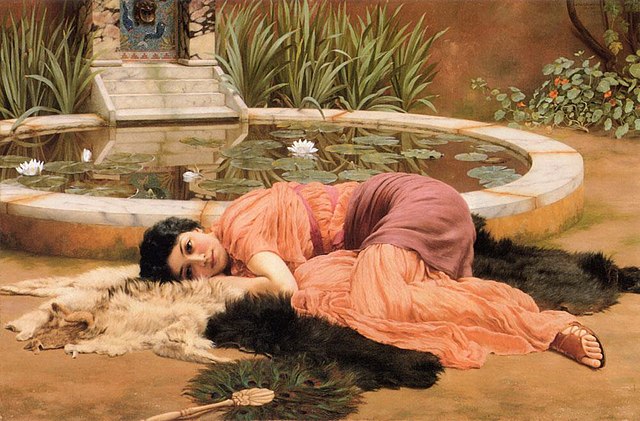
As the Neoclassical period began to wane and other artistic styles grew during the early and middle portions of the late 1800’s, John William Godward created some of the most memorable works from the movement.
Godward was an English painter who had the ability to create incredibly-realistic paintings, which typically featured a clothed or nude female figure.
One of the most important aspects of Neoclassical artwork is that it possesses a high level of realistic detail. Godward’s works are widely considered to be more realistic than most other Neoclassical artists, or those from other time periods.
He is said to have had a volatile family life and moved to Italy during the height of his career after ongoing struggles with his immediate family.
Sadly, Godward took his own life in 1922 at the age of 61 and is recorded as writing a note that stated “this world is not big enough for myself and Picasso.” Throughout his life, Godward’s family vehemently disapproved of his becoming an artist and it is said that his remaining relatives burned many of his works and writings after his death.
10. John Singleton Copley
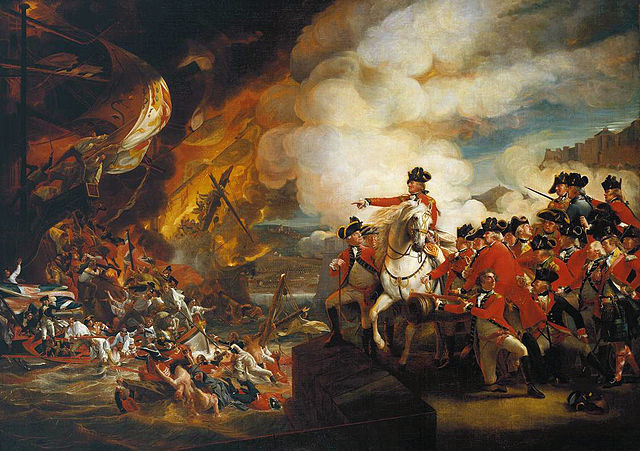
John Singleton Copley was a famous artist who is credited with painting some of the most iconic paintings from the American Revolution and other events that took place in America and England during the late 18th and early 19th centuries. Born in Massachusetts in 1738, Copley’s family was heavily-involved in the tobacco trade.
It is believed that Copley was mostly self-taught in regards to his training as an artist, but there is some evidence that his step-father may have played a role in encouraging him during his youth as he was said to have been artistically-inclined.
There are few artists from the Neoclassical era who were capable of producing works that were considered to be more realistic than Copley’s.
His paintings sometimes have an almost photo-realistic nature to them and some of the works that portray historical events are considered to be among the most iconic paintings from early American history.

